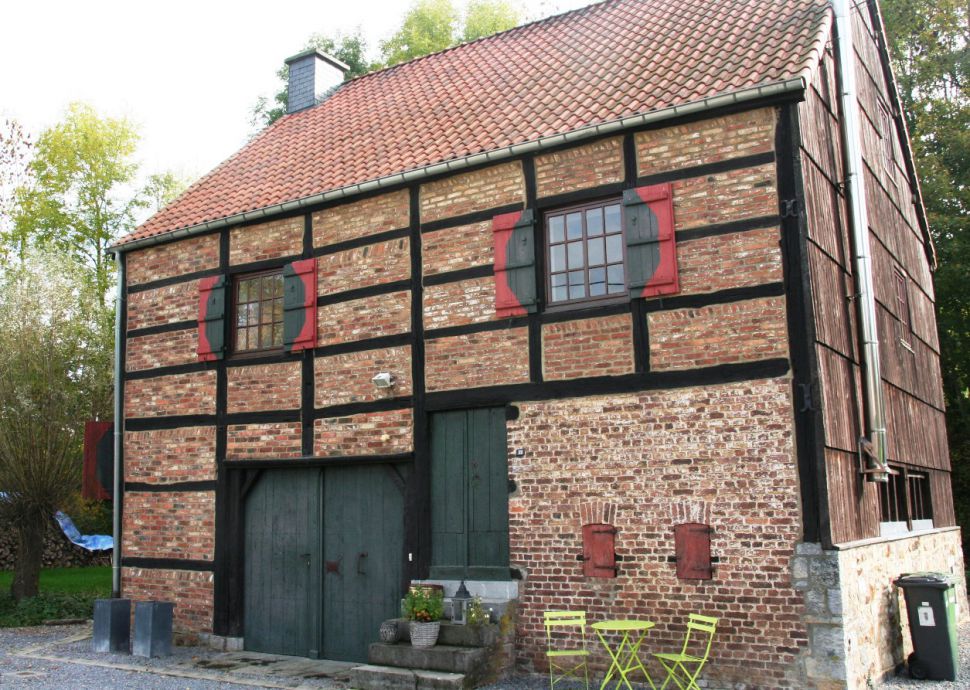


The picturesque village of Vonêche
This village in Beauraing boasts a rather unique ensemble of half-timbered houses from the second half of the 18th century at which time it became one of the most important industrial centres of Europe thanks to the crystal produced here. The diversity of the landscape is enchanting; this quaint little Famenne village on the verge of the Ardennes is surrounded by woodland, meadows and dotte with babbling brooks...
What's in a name ?
Well quite a lot, actually...
Apparently, Vonêche comes from the Germanic radicals Won (dwelling) and Nes (humid).
The oldest section of the village was built on marshland. According to Mr Jacquemin, priest of Vonêche (1697-1715), the word Vonêche stems from Vaux (valley) and from Wesch
(dirty, muddy).
The village that nearly disappeared...
During the first half of the 17th century, Vonêche was ruined by wars and plagued by the pest to the point that the parish was deserted during 25 years and the village reduced to ashes. Vonêche comprised the domains of Tanton and Froidfontaine.
Crystal clear...
The half-timbered houses date from the second half of the 18th century, at which time it became one of the most important industrial centres of Europe. Mister d'Artigues (1773-1848), a French industrial, bought the old glassworks located in Vonêche and turned out crystal that was 50 times cheaper than what was produced by other crystal works.
In 1810, the factory employed more than 650 workers. After Napoleon's defeat, the crystal works lost the monopoly of the French market. On the initiative of Mr. d'Artigues, crystal works were started in Baccarat.
Kemlin and Lelièvre, who were both part of the original Vonêche team, created the famous crystal works of Val Saint-Lambert in 1826. The Vonêche crystal works stopped functioning in 1830. The factory buildings were then turned into a distillery, which closed down in 1844.
The raw materials necessary to glassworks, such as silicium, potassium and minium were prepared on the premises.
